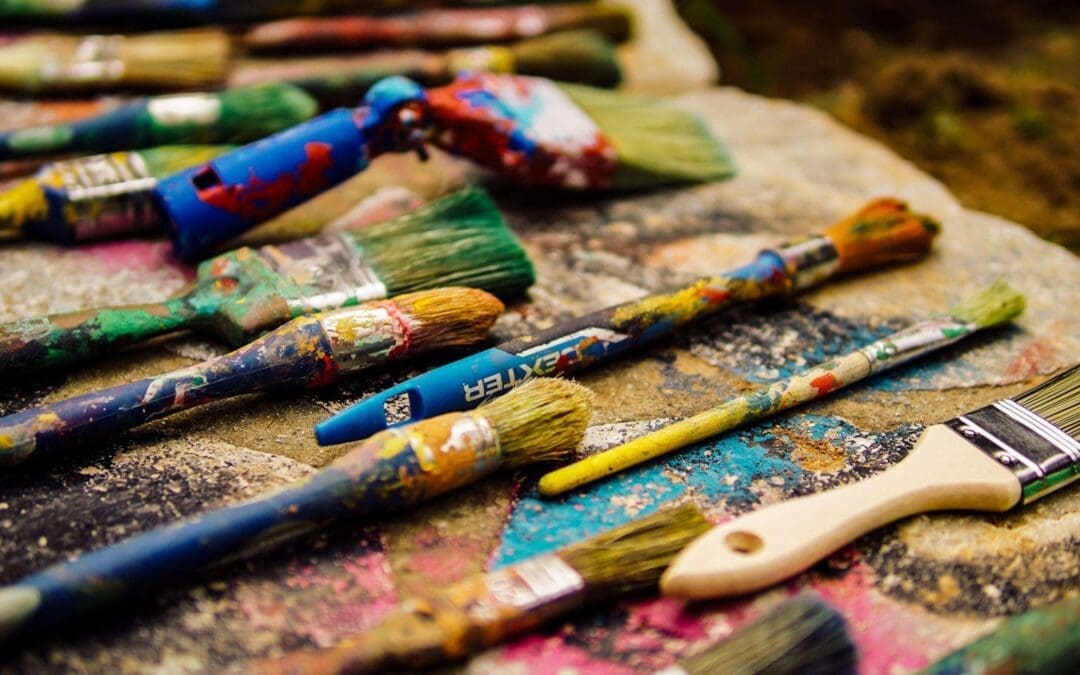How to prepare for your first art show sale.
Congratulations on preparing for your first art show! This is an exciting opportunity to showcase your talent, connect with potential buyers, and grow your artistic career. However, the thought of your first sale can be overwhelming. Fear not! With the right preparation, you can make a lasting impression and successfully sell your art. This guide will walk you through essential steps to ensure your first art show is a success.
1. Understand Your Audience
Knowing who your audience is will help you tailor your presentation and marketing efforts effectively.
A. Research the Event
Know the Venue: Understand the type of art typically showcased and the demographic of attendees.
Look at Past Shows: Investigate previous events to gauge what types of artworks were popular.
B. Define Your Target Buyers
Identify Ideal Buyers: Think about who would be most interested in your work—art collectors, casual buyers, or interior decorators.
Create Buyer Personas: Develop profiles for different types of buyers to tailor your approach and communication.
2. Prepare Your Artwork
Having your artwork ready is crucial for a successful show. Take the time to ensure everything is polished and professionally presented.
A. Select Your Best Pieces
Curate Your Collection: Choose a selection of works that best represent your style and range.
Consider Size and Theme: Ensure a mix of sizes and themes to appeal to various buyers.
B. Presentation Matters
Framing and Finishing: Frame your pieces professionally, or if you’re displaying unframed work, ensure it looks clean and finished.
Label Your Art: Create labels with titles, dimensions, medium, and prices to inform potential buyers.
3. Set Up Your Booth Effectively
A well-organized booth can attract more visitors and encourage sales.
A. Design Your Space
Create an Inviting Atmosphere: Use tablecloths, backdrops, and lighting to make your space inviting and showcase your work.
Arrange Artwork Thoughtfully: Display your pieces at eye level and create a flow that encourages movement through your booth.
B. Provide Marketing Materials
Business Cards: Have business cards ready for attendees to take, allowing them to contact you after the event.
Promotional Materials: Consider offering brochures or postcards that feature your artwork and your social media handles.
4. Practice Your Sales Pitch
Being able to communicate effectively about your art is key to making sales.
A. Prepare Your Story
Share Your Inspiration: Be ready to discuss the inspiration behind your work and what makes it unique.
Engage with Buyers: Practice a concise pitch that invites conversation and interest, allowing buyers to connect with you and your art.
B. Be Open to Questions
Encourage Interaction: Invite visitors to ask questions about your work, techniques, or process.
Be Approachable: Smile and maintain a friendly demeanor to make attendees feel comfortable engaging with you.
5. Follow Up After the Show
The work doesn’t stop once the show is over. Following up with potential buyers can help you convert interest into sales.
A. Collect Contact Information
Sign-Up Sheets: Create a sign-up sheet for visitors to provide their email addresses for future updates or newsletters.
Engage on Social Media: Encourage attendees to follow you on social media for ongoing updates about your work.
B. Send Thank You Notes
Personalized Messages: Send thank you emails to everyone who expressed interest, whether they purchased something or not.
Share Post-Show Updates: Use this opportunity to share any new works or upcoming events, keeping the connection alive.
Conclusion: Take Action and Shine!
Preparing for your first art show sale can be daunting, but with careful planning and a positive mindset, you can make it a successful and rewarding experience. By understanding your audience, preparing your artwork, setting up your booth effectively, practicing your sales pitch, and following up afterward, you’ll create a strong foundation for future success in your art career.
Now it’s time to take action: Start by selecting the pieces you want to showcase and begin working on your booth design today. Set aside some time to practice your pitch and engage with friends or fellow artists for feedback. The more prepared you are, the more confident you’ll feel on the big day. Your art deserves to be seen—so go out there and shine!






